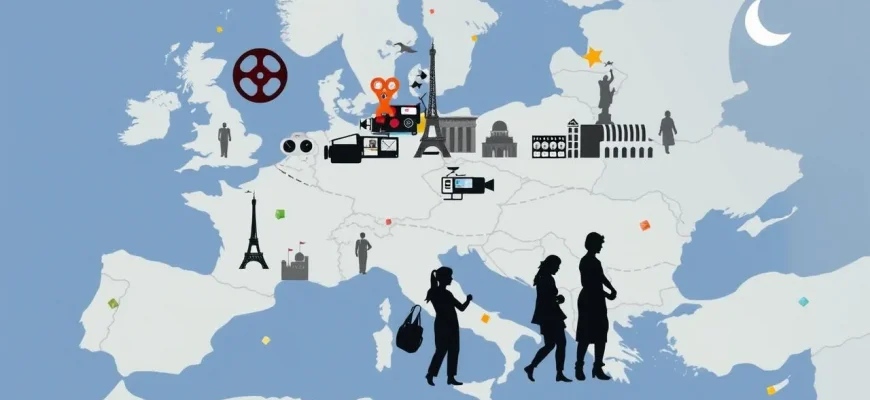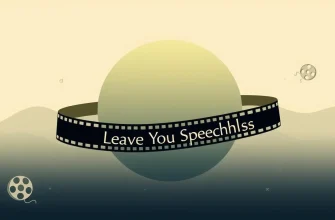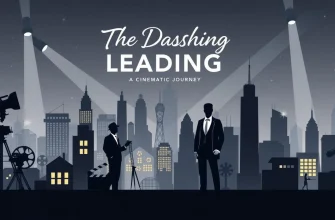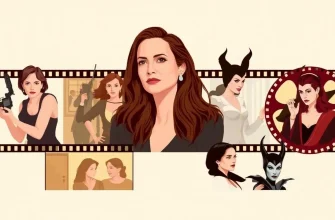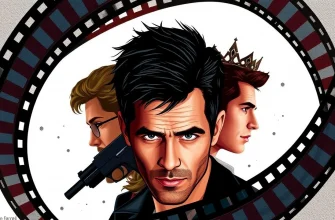Europe has long been a cradle of cinematic innovation, with its diverse cultures, languages, and histories providing a rich backdrop for storytelling. This curated list of 10 films not only showcases the continent's cinematic prowess but also delves into its complex socio-political landscapes, offering viewers a chance to experience Europe's multifaceted identity through the lens of some of its most celebrated filmmakers.
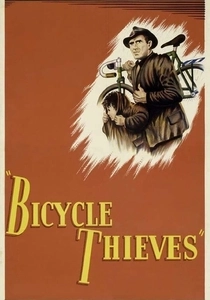
The Bicycle Thief (1948)
Description: A poignant depiction of post-World War II Italy, this film follows a father and son's desperate search for a stolen bicycle, symbolizing the struggle for survival in Europe.
Fact: The film was shot on location in Rome, using non-professional actors to add realism to the portrayal of poverty.
 Watch Now
Watch Now 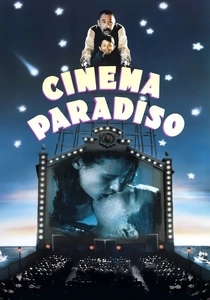
Cinema Paradiso (1988)
Description: This Italian film is a love letter to cinema, set in a small Sicilian town, reflecting the post-war European experience through the eyes of a young boy.
Fact: The film's director, Giuseppe Tornatore, was inspired by his own childhood experiences in a small Sicilian village.
 Watch Now
Watch Now 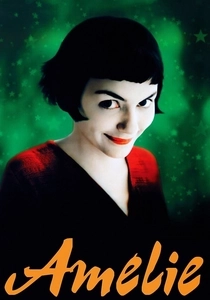
Amélie (2001)
Description: This French film captures the whimsical charm of Paris, focusing on a young woman's quest to spread joy and find love, embodying the spirit of European romance and eccentricity.
Fact: The film was shot in Montmartre, Paris, with many scenes filmed in real locations. The color red is used extensively to symbolize love and passion.
 Watch Now
Watch Now 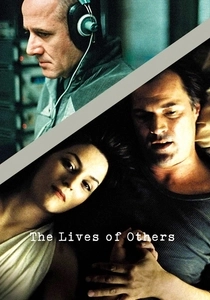
The Lives of Others (2006)
Description: Set in East Berlin, this German film delves into the surveillance state of the Stasi, providing insight into the oppressive atmosphere of Cold War Europe.
Fact: The film was shot in the actual apartment where the Stasi once operated, adding authenticity to the setting.
 Watch Now
Watch Now 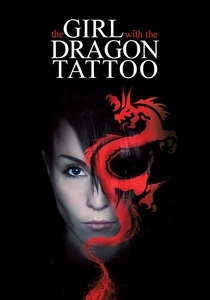
The Girl with the Dragon Tattoo (2009)
Description: This Swedish thriller delves into the dark corners of European society, focusing on issues like misogyny and corruption, set in Sweden.
Fact: The film was so popular that it led to an American remake, showcasing its global impact.
 Watch Now
Watch Now 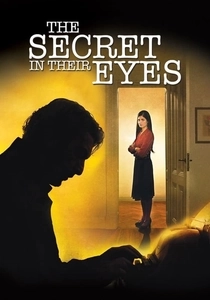
The Secret in Their Eyes (2009)
Description: This Argentine-Spanish film explores themes of justice, memory, and love against the backdrop of Argentina's turbulent political history, reflecting European influences.
Fact: It won the Academy Award for Best Foreign Language Film, highlighting its universal appeal.
 Watch Now
Watch Now 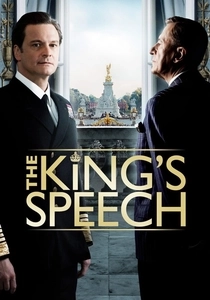
The King's Speech (2010)
Description: While primarily British, this film captures the European spirit of resilience and leadership during the prelude to World War II.
Fact: The film was shot in various locations in England, including the actual locations where King George VI lived and worked.
 Watch Now
Watch Now 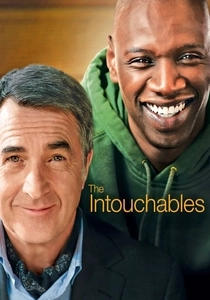
The Intouchables (2011)
Description: This French comedy-drama showcases the unlikely friendship between a wealthy quadriplegic and his caregiver from the projects, highlighting social divides in modern France.
Fact: The film was inspired by a true story, and the real-life Philippe Pozzo di Borgo was an advisor during the film's production.
 Watch Now
Watch Now 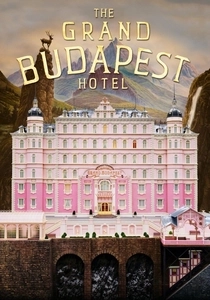
The Grand Budapest Hotel (2014)
Description: Wes Anderson's vibrant film, while fictional, captures the essence of European elegance and the changing political landscape through its whimsical narrative.
Fact: The film was shot in Germany, but the fictional country of Zubrowka was inspired by various European locales.
 Watch Now
Watch Now 
La Dolce Vita (1960)
Description: Federico Fellini's masterpiece explores the decadence and moral decay of Rome's high society, offering a critical look at the European lifestyle of the time.
Fact: The film's iconic scene with Anita Ekberg in the Trevi Fountain was filmed at night to avoid crowds, and the fountain was drained for the shoot.
 30 Days Free
30 Days Free 
